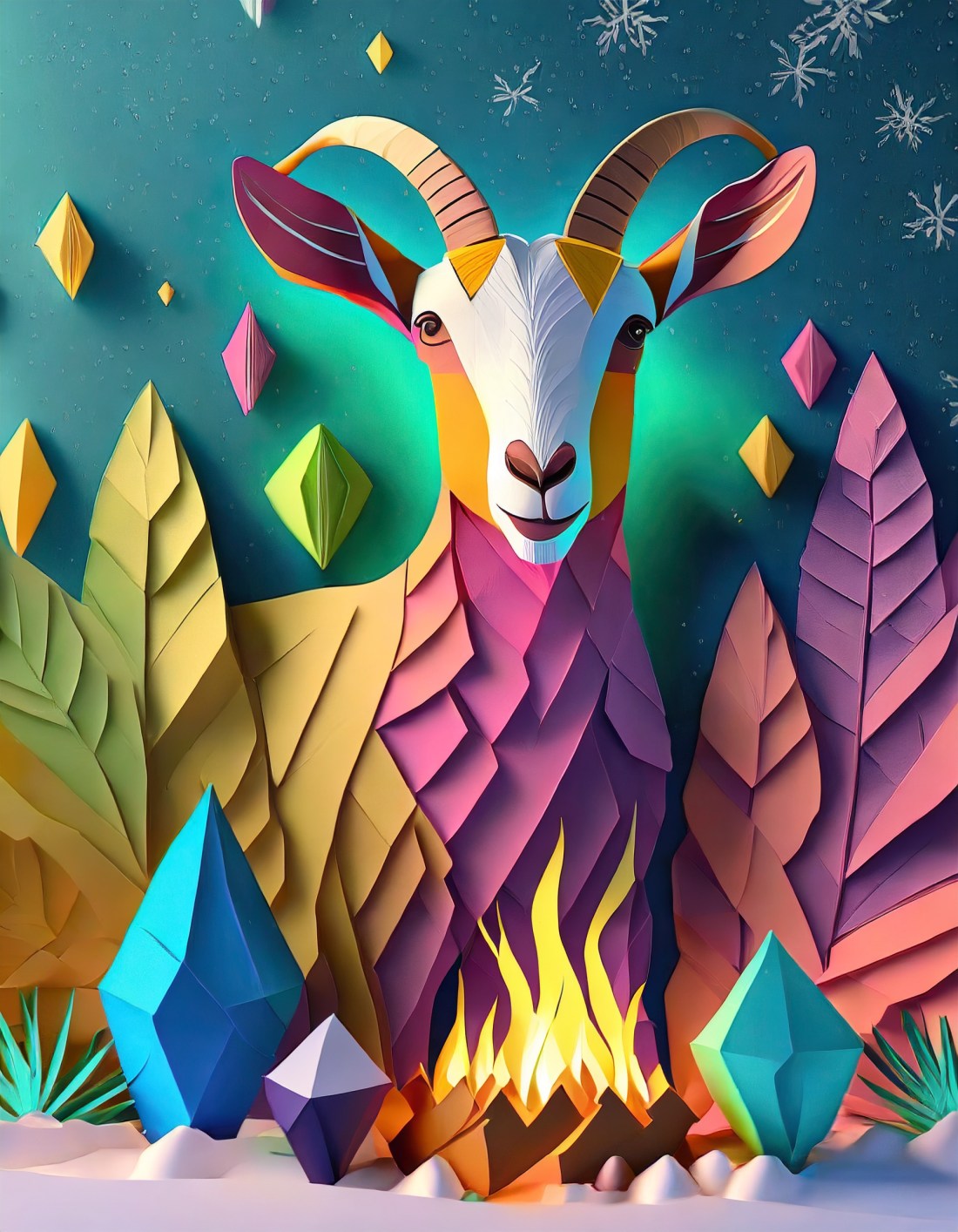In today’s technological landscape, artificial intelligence has taken on many remarkable roles, and one of the most captivating is its ability to generate images from textual descriptions. As an enthusiast and advocate of AI-driven innovations, I find the process of AI-generated image modeling, especially when it involves the merge of abstract categories such as „origami,“ „layered paper,“ and „hyperrealistic,“ incredibly intriguing.
The Fascinating World of AI-Generated Image Modeling






The journey of AI-generated image modeling begins with the aim of translating words into visual art. In this context, a description featuring „origami“ and „layered paper“ prompts the creation of images that vividly depict the delicate art of paper folding and the intricacies of layered paper compositions. To achieve this, advanced deep learning models are deployed, leveraging vast datasets of images and corresponding text descriptions. These models embark on a mission to learn the art of generating images that faithfully mirror the given textual cues.
The „Hyperrealistic“ Approach
However, the pinnacle of AI-generated artistry lies in the realm of „hyperrealistic“ image creation. Here, the goal is to craft images so lifelike and detailed that they challenge our ability to distinguish them from real photographs. This extraordinary feat is often accomplished through the utilization of Generative Adversarial Networks (GANs), a duo of neural networks that includes a generator and a discriminator. The generator’s role is to produce images, while the discriminator evaluates these images, discerning their authenticity. Through an intricate adversarial training process, the generator hones its skills, consistently pushing the boundaries of hyperrealism.






Intriguingly, the realm of AI-generated image modeling is a dynamic one. The quality of these virtual creations is shaped by factors like the size and caliber of the training dataset, the intricacy of the descriptions, and the sophistication of the model’s architecture. Achieving the epitome of hyperrealistic image generation remains a formidable challenge, but recent advances in the field of AI and deep learning have propelled us closer to this goal. The results are nothing short of awe-inspiring, ushering in an era where AI-driven artistry ventures into the territory of the hyperreal.
The usage of Firefly is a testament to the boundless possibilities that artificial intelligence continues to unveil, offering us glimpses into a future where words and images dance seamlessly, giving life to imagination in ways we’ve never imagined before. Fun fact: some of the created images displayed weird detailing such as six legs, doubled features or other funny mistakes, such as missing body parts and strange effects.
© All rights reserved, 2023. The usage of the material without permission is prohibited.


